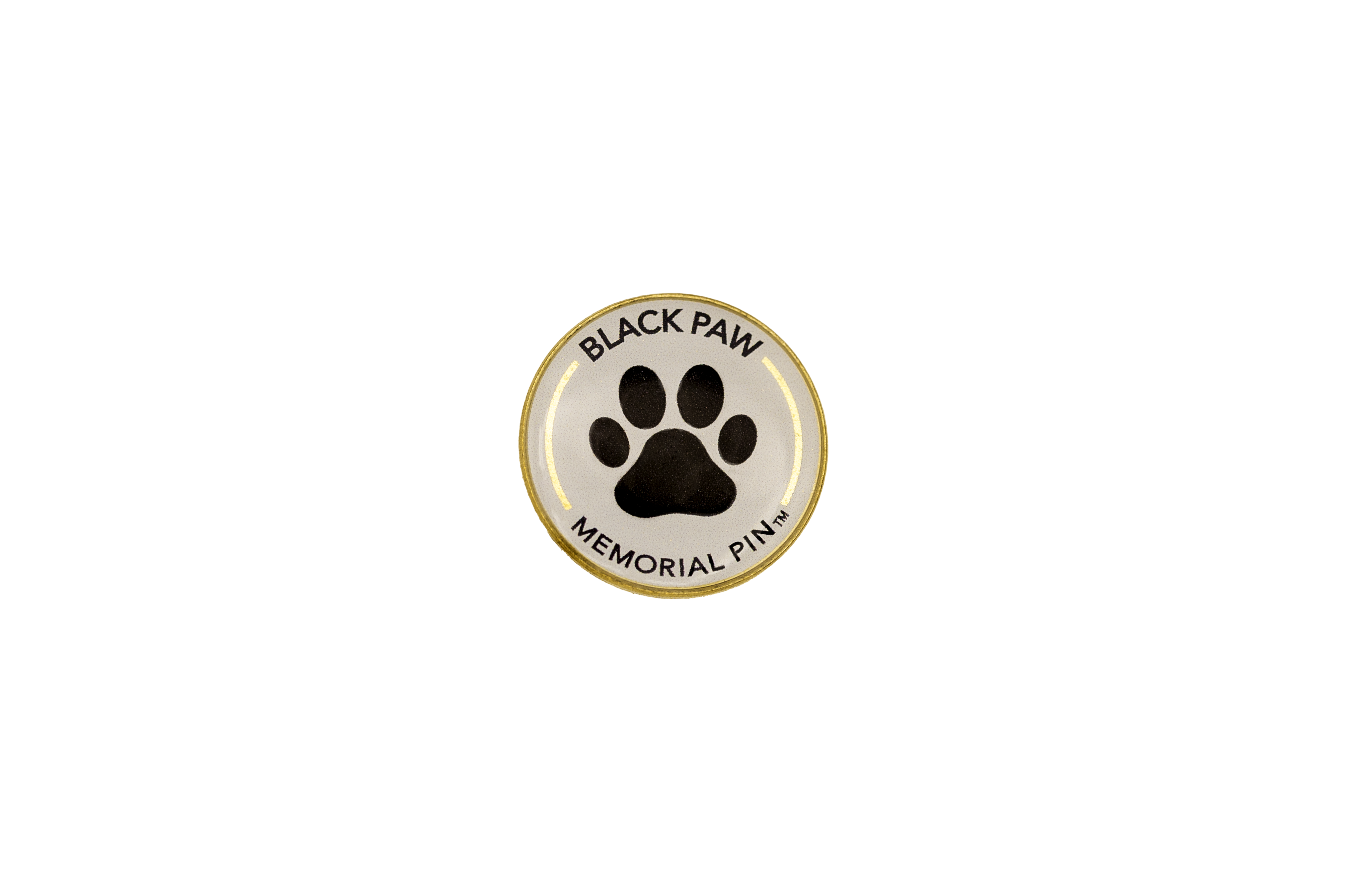A great piece from our friends at American Kennel Club! Quoted below––
Many of us have experienced the heart-wrenching pain of losing one of our best friends—oftentimes, a dog. For E.B. Bartels, pet loss and the subsequent spiraling emptiness and emotion began at an early age.
Not content with the earlier personal aftermath, she became “obsessed” with the wide-scale subject and in 2012 found herself on a decade-long odyssey in writing “Good Grief: Our Loving Pets, Here and Hereafter.”
Is there anything that rivals the deep-rooted grief of having to make that dreaded decision to let go?
“Before writing ‘Good Grief,’ I had always heard people say ‘everyone grieves differently,’” says Bartels, “and I think I knew this but in an abstract way. Researching and writing the book really drove home my understanding of the fact there is no one way to grieve through really specific and concrete examples.
Bartels was particularly touched by all the different ways people choose to mourn and remember their pets.
“Because we are not tied to a lot of the traditions we associate with human deaths, people feel a lot freer to do what feels right for them and the memory of their pet – from photo albums, their dog’s ashes pressed into glass beads, knitted hats or sweaters from their dog’s shed fur, cloning, and taxidermy,” she says. “There is no right or wrong way to grieve.”
Each chapter in “Good Grief” begins with Bartels coping with the loss of a pet – from a fish to a local racehorse to her present tortoise. Unfortunately, throughout all of these losses, she often felt alone in her grief.
“I wasn’t sure if it was because I was an only child or an especially weird animal kid that these deaths hit me so hard. So as an adult writing about these dynamics, I wanted to seek out others’ stories of pet loss to determine if I was alone in this or not, and obviously, very clearly, I was not.”

How People Grieve Pets Differently
When it comes to pet loss there is no one size fits all, she explains. Grief is manifested in many forms and for a wide range of time. For some, the trauma surrounding a dog’s deathcan take months or even years. For others, the emotional turnaround is much quicker and sharper.
“Having conversations with pet owners about this really changed my fundamental understanding of why we do a lot of things in life – because it makes life worth it,” she says. “And it provides moments of joy and elation, which are so crucial to our existence, even if it comes with a sad end.”
Because she was teaching full-time while writing most of the book, it became a bit tricky to find time to travel for research. Bartels took advantage of other trips and then looked for pet cemeteries or pet-loss-related places. Whether it was a writing conference, performance on a podcast show, or inviting herself along on a friend’s vacation to The Everglades, first-hand research was a driving force behind the scenes.
Bartels’ husband, Richie, has been a good sport on the author’s pet-loss adventures. “He asked what I wanted to do one year for my birthday. I said, a visit to The Dog Chapel Mountain in Saint Johnsbury, Vermont. He said, ‘OK, let’s go.’”
While Bartels is an incredible resource, “Good Grief” is packed with a wide array of both fiction and non-fiction stories that can help those who are dealing with pet loss.

Finding Support Within Communities
Coming to grips with euthanasia is akin to pulling the plug of a psychological hand grenade for most of us. It is no easier for that veterinarian on the other side of the table, either.
In her book “My Patients and Other Animals,” author Suzy Fincham-Gray writes, “The expertise needed to counsel a grieving client, find the right words to explain a complicated disease to a layperson or understand that a person’s anger was often a manifestation of fear, were not requirements for graduation [from veterinary school].”
Pet loss support groups serve up some of the tenderest assistance in a time of need. You can find some through veterinarians, rescue groups, breed clubs, and even Facebook Groups, like the AKC Pet Loss Support Group.
Beautifully characterized testimonials and tsunamis of grief to their late dogs stream through these groups and resonate with those experiencing the same loss. “There’s a common denominator of loss here,” Bartels says, “but that loss affects each of us differently. How quickly one eventually reaches out for a new pet after a gut-wrenching loss is a very personal decision.”
One member of the AKC Pet Loss Support Group, Dana Brenckle, sums up the feeling of pet loss to the community:
“Pain is in the price of love. We agree to pay it whenever we open our hearts. Every hello comes with the knowledge that one day there will be a goodbye. Every first kiss comes with the certainty that there will one day be a last. And yet, even though we know all love ends in sorrow, even though we know that price, we pay it. We pay it again and again. We pay it because it makes life worth living. We pay it because love is always worth it. Be gentle to yourselves.”

